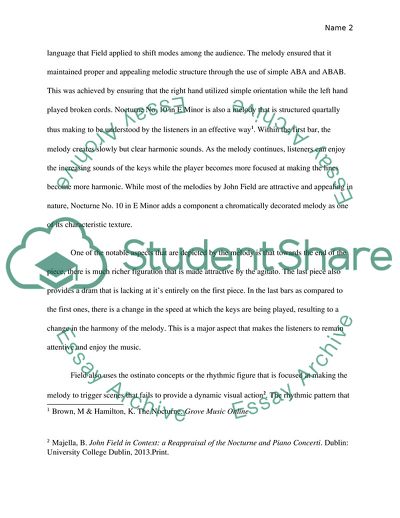Cite this document
(Harmonic Structure and Melodic Structure of the Song Essay, n.d.)
Harmonic Structure and Melodic Structure of the Song Essay. https://studentshare.org/music/1855196-what-is-the-harmonic-structure-melodicphrase-structure-of-the-song-nocturne-no-10-in-e-minor-by-john-field-and-how-other-constituents-of-style-texture-timbre-etc-inform-the-nocturne-genre
Harmonic Structure and Melodic Structure of the Song Essay. https://studentshare.org/music/1855196-what-is-the-harmonic-structure-melodicphrase-structure-of-the-song-nocturne-no-10-in-e-minor-by-john-field-and-how-other-constituents-of-style-texture-timbre-etc-inform-the-nocturne-genre
(Harmonic Structure and Melodic Structure of the Song Essay)
Harmonic Structure and Melodic Structure of the Song Essay. https://studentshare.org/music/1855196-what-is-the-harmonic-structure-melodicphrase-structure-of-the-song-nocturne-no-10-in-e-minor-by-john-field-and-how-other-constituents-of-style-texture-timbre-etc-inform-the-nocturne-genre.
Harmonic Structure and Melodic Structure of the Song Essay. https://studentshare.org/music/1855196-what-is-the-harmonic-structure-melodicphrase-structure-of-the-song-nocturne-no-10-in-e-minor-by-john-field-and-how-other-constituents-of-style-texture-timbre-etc-inform-the-nocturne-genre.
“Harmonic Structure and Melodic Structure of the Song Essay”. https://studentshare.org/music/1855196-what-is-the-harmonic-structure-melodicphrase-structure-of-the-song-nocturne-no-10-in-e-minor-by-john-field-and-how-other-constituents-of-style-texture-timbre-etc-inform-the-nocturne-genre.


